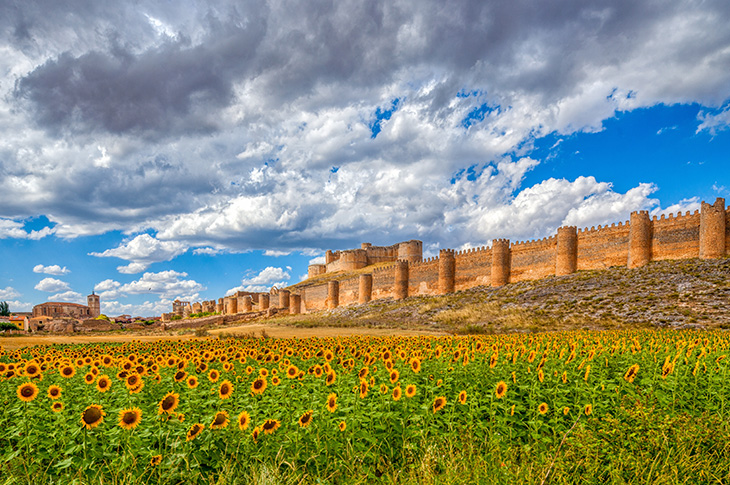Seven new additions to the Most Beautiful Villages of Spain network
Charming little corners of authenticity winning over visitors with their beauty
The Most Beautiful Villages of Spain Association has added seven new towns to its network in 2025. These destinations, selected for their rich heritage, culture, and nature, seek to strengthen the attractiveness of rural tourism in the country.
Poza de la Sal
Known for its history linked to the salt mines, this Castilian village, Burgos, is home to a medieval-style old town, with cobblestone streets and stone houses. Highlights include its castle, the church of San Esteban and the Salt Museum, which tells the story of how this resource shaped the town’s development.
Jerez de los Caballeros
This village in Extremadura, Badajoz, with its Andalusian influences, is home to an important monumental complex. Its Templar fortress and the Gothic church of Santa María de la Encarnación reflect its past, while the church of San Bartolomé and the Archaeological Museum offer a journey through its artistic and cultural history.

Llerena (Badajoz)
A historic center of great architectural value, with styles ranging from Gothic to Renaissance. The Plaza de España, with the Town Hall and the church of Nuestra Señora de la Granada, is the heart of this community. In terms of nature, its proximity to the Cornalvo Nature Park makes it an attractive destination for hiking.
La Fresneda
An example of traditional Aragonese architecture, La Fresneda (Teruel), with its 18th-century Town Hall, the church of Santa María la Mayor and the remains of an Arab castle. Its mountainous environment and its recognition as a Historic-Artistic Site reinforce its attraction.
Berlanga de Duero
The medieval fortress and the church of Santa María del Mercado are this village’s main attractions. In addition, its Plaza Mayor, lined with historic buildings, and the surrounding fields and vineyards make Berlanga (Soria) an ideal destination for cultural and nature tourism.

Linares de Mora (Teruel)
Located in the Sierra de Gúdar, this Aragonese village maintains its authentic essence with stone houses and narrow streets. The remains of its 13th-century castle and the baroque church of La Inmaculada Concepción complete its tourist offering, which also includes some outstanding local gastronomy.
Letur
With an urban layout that reflects its Arab heritage, Letur (Albacete) charms visitors with its whitewashed houses and traditional courtyards. Among its most iconic monuments, visitors can admire the church of Santa María de la Asunción and the Town Hall. Its Manchegan gastronomy, with specialties such as goat cheese and gazpacho manchego, represents another key attraction.

